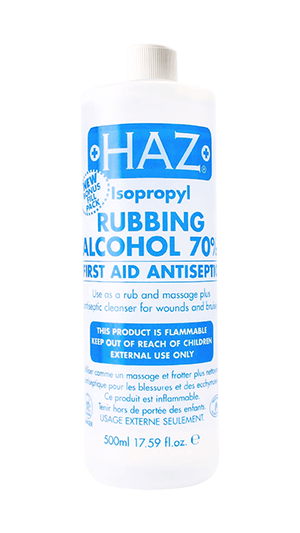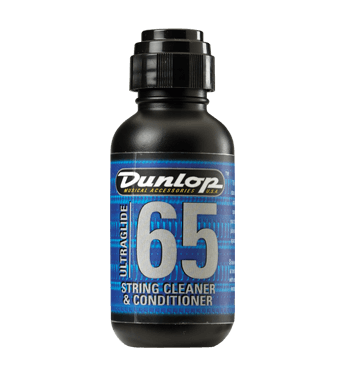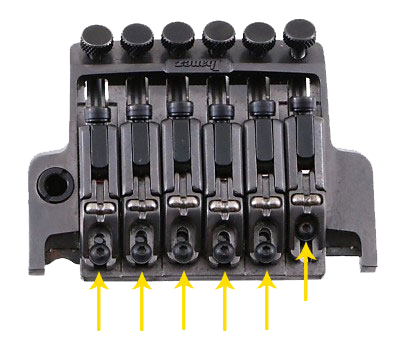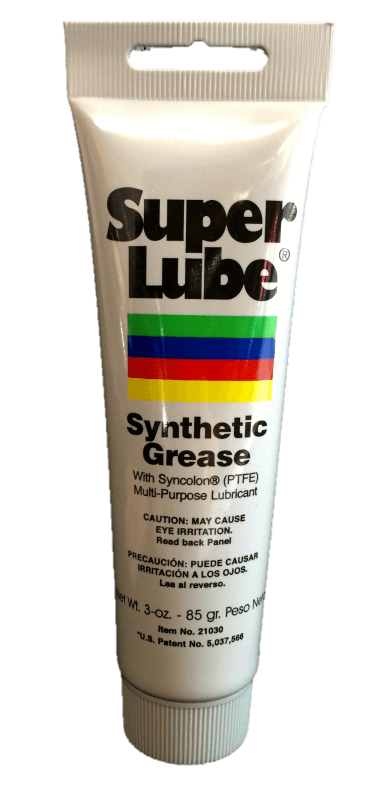Your guitar could be far better than you think! An awesome guitar can be reduced to being a struggle to play by not being well kept up. On the flip side you can also take a shoddy guitar and make it surprisingly playable with some easy adjustments. I’ve done this a number of times for a stage guitar (usually electric) that I do not mind putting in the flight hold luggage, painting or generally trashing on tour.
And let’s face it, we are never as good at keeping on top of these jobs as we would admit. Yes as a teacher I have seen hundreds of guitars that are falling apart before they get some attention. Also a quick heads up before we dive into some ideas is more experience and skill on the instrument will give you a much more refined idea of what is needed. So stick at it and you get the feel of it.
So let’s get started at the main checklist for your guitar. These are general pointers and ideas so follow the links to my more in-depth and specific articles.
Strings
Strings are the obvious place to start but I’d like to put forward a few different ideas to the usual. Firstly lets ask of how regularly your guitar is used? If it is your only guitar it may be used everyday. If you have a few you may have one workhorse guitar or go through phases of which guitar you use the most. Asking this will help you choose the best strings for that specific guitar and get your string care routine on track.
A guitar that is regularly played will have the strings wear out faster. As you are spending so much effort and time with this guitar it is very worth changing the strings every few months. The strings go dull and the harmonic range becomes much narrower over time. This removes much of the richness in harmony, clarity in playing harmonics and sustain. Without these the guitar becomes less inspiring to play. But it is this inspiration that is a major part of learning at any level!
Do you choose long-life or regular strings? More expensive long-life strings mean less effort in regular changes but you cannot experiment as much with different gauges. I am personally a fan of good quality but regular strings that I do not feel precious about changing out when I have a different piece of music that might benefit from a different gauge. Or to change them out for a performance that I would want fresh strings for. Either way get a multi-pack. Cheaper and you have them ready for if one breaks.
What if this guitar is not regularly used? This time I would say yes to long-life and specifically “coated” strings. These have a very thin protective layer that acts as a barrier to the elements. Without this coating any oils and moisture from your fingers can degrade your strings while it is not being played. These sit on the string and react with the metal. With the newer manufacturing technologies coming out these coatings are becoming much better. The D’Addario strings in particular are very impressive without feeling like they have just been sprayed with plastic.
So now you have chosen strings with a little more intention and it is time to cover string care. Get the tools you need and have them there ready to use when you are putting the guitar back in its case. Here’s where you want to think of.
Cleaning the strings:
A good microfibre cleaning cloth works well and be sure to get under the strings too! I personally slide the cloth under the strings and pull it along the length of the strings a few times. This will not do much for built up dirt if the strings have been a little neglected. But do it regularly and it will keep everything feeling good.


Some people reccomend rubbing alcohol on a cloth. This one can work but be carful:
Pros – It will remove dirt, salt and grease that get on the strings from your fingers. It will also evaporate within a few seconds leaving your strings both clean and dry.
Cons – It can damage your guitar’s finish depending on the finish used, strip oils out the fingerboard and leave the strings too clean. Yes without some sort of lubrication on the strings you will get more squeaks and they can be more prone to tarnish and rust without this protective barrier.
So use this option wisely but as a deep clean it does have its place. Really you shouldn’t be letting your strings get to that point.
If in doubt stick to a purpose designed guitar string cleaner that is made not to damage your guitar. They are worth getting as a bottle will last you a good few years and they are small and easy to add to your maintenance kit. You know they are safe and do the job. I would recommend something like the Dunlop Formula 65 Ultra Glide String Conditioner or the popular Fast Frets. The other big advantage is they condition the string. This leaves a thin barrier layer that protects against the elements and can minimise squeaks improving your general sound.
If people try tell you these help you play faster. No they do not. That comes from your technique that can be helped by a well setup guitar action (adjusted by the Truss Rod and bridge). Your hand is not fighting against friction. Drop me a message or a comment and we will get you playing as fast as you like the right way.


Finally clean your hands before playing! This should go without saying but again going on experience many people don’t. Then you are not just dealing with some oils from any sweat from your fingers but just transferring dirt and pounding it into the gaps between the winds on the string on every not you play.
Intonation
Next up is your guitar’s intonation. Intonation in guitar setup is matching the length of the string to the scale of the neck. The strings on most electric guitars can be made longer or shorter at the bridge end by moving that string’s saddle forwards or backwards. This is a bigger subject so check out my post on How to Adjust Your Guitar’s Intonation. Over there I take you through the whole process and different bridge types.
For now know that if this is not adjusted then the open string might be in tune but the higher up the neck you fret the further it will be from in tune. As high positions are commonly favoured on the electric guitar this will have your guitar sounding constantly out of tune.

Truss Rod
The truss rod in electric and acoustic (and now days some classical guitars) helps control the bend in the guitar’s neck. The neck is more malleable than you might think and many things can have an affect on it. This is an important one to tweak and check. I’d recommend checking it the day after you change strings and a few times a year when the weather or humidity changes with the seasons. Both of these can have an affect on your guitar’s neck and the tension running through it.
Humidity softens the wood allowing the strings tension to have more affect. And of course a different string gauge will add more or less tension to the neck. Like an archery bow this will bend the neck making a bigger gap between the strings and the frets. Read my full article and lesson on adjusting your guitar’s truss rod. I explain how to get just the right bend to compliment the movement of the strings.

Lubricating
Now you have checked if everything has been well adjusted! But your guitar has a few moving parts that need to be help lubricated. This is perhaps one of the most neglected jobs. But without it, these parts will quickly wear and need to be replaced. So let’s have a quick look at what to lubricate and the common question, with what?
Basic concept, does it move or does it rub? If it does it will need a lubricant. This will reduce squeaks, stabilise tuning, and stop excess wear. I’m a fan of a very small amount of Super Lube PTFE. It does not penetrate as a thinner oil would and it stays on the surface without needing to be regularly topped up. It also does not damage any plastic parts. My guess is some luthiers debate something more specific. But in practice I have not had any issues. I wouldn’t use it on a world class piece of artwork as a guitar but anything below that it works great.
Many people suggest graphite… don’t do it. It looks terrible when your clean white nut and saddle have pencil scribble marks on them.

There you have it
Now you have a few ideas to get you thinking and links to the detailed articles that will take you through the steps and explanations of how to make the adjustments you need. Keep your guitar like a well tuned machine and it will be more enjoyable and inspiring to play. Message me or leave a comment with any questions as I am here to help. Keep up the passion and I will see you in the next article.
Did you find this page useful? If so be amazing and share it with your friends! And don’t forget to Follow me on Facebook, Stay up-to-date on my Twitter and See the latest pictures and videos on Instagram. I’ll see you in the next article!


Leave A Comment